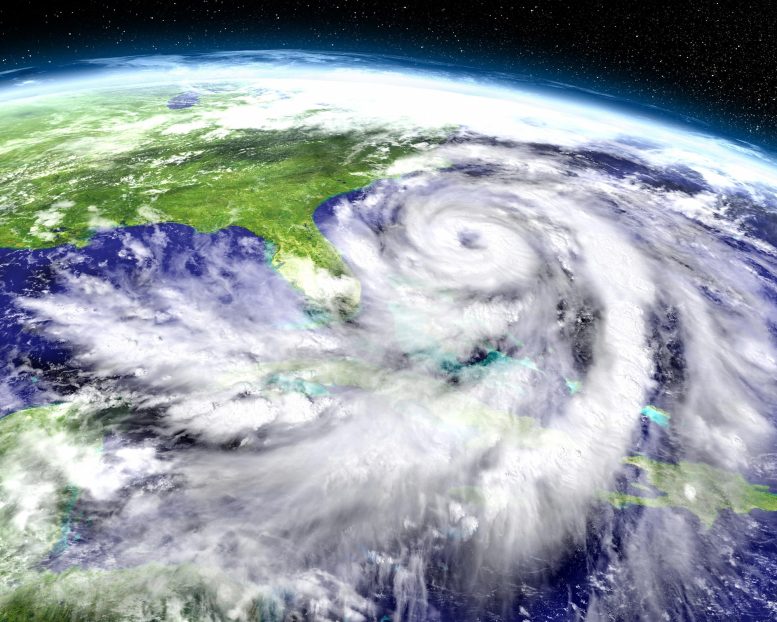Future Hurricanes and Typhoons Will Roam Over More of the Earth

A new, Yale-led study suggests the 21st century will see an expansion of hurricanes and typhoons into mid-latitude regions, which includes major cities such as New York, Boston, Beijing, and Tokyo.
Writing in the journal Nature Geoscience is a monthly peer-reviewed scientific journal published by the Nature Publishing Group that covers all aspects of the Earth sciences, including theoretical research, modeling, and fieldwork. Other related work is also published in fields that include atmospheric sciences, geology, geophysics, climatology, oceanography, paleontology, and space science. It was established in January 2008.
“Nature Geoscience, the study’s authors said tropical cyclones — hurricanes and typhoons — could migrate northward and southward in their respective hemispheres, as the planet warms as a result of anthropogenic greenhouse gas emissions. 2020’s subtropical storm Alpha, the first tropical cyclone observed making landfall in Portugal, and this year’s Hurricane Henri, which made landfall in Connecticut, may be harbingers of such storms.
“This represents an important, under-estimated risk of climate change,” said first author Joshua Studholme, a physicist in Yale’s Department of Earth and Planetary Sciences in the Faculty of Arts and Sciences, and a contributing author on the United Nations’ Intergovernmental Panel on Climate Change sixth assessment report published earlier this year.
“This research predicts that the 21st century’s tropical cyclones will likely occur over a wider range of latitudes than has been the case on Earth for the last 3 million years,” Studholme said.
Co-authors of the study are Alexey Fedorov, a professor of oceanic and atmospheric sciences at Yale, Sergey Gulev of the Shirshov Institute of Oceanology, Kerry Emanuel of the Massachusetts Institute of Technology, and Kevin Hodges of the University of Reading.
While an increase in tropical cyclones is commonly cited as a harbinger of climate change, much remains unclear about how sensitive they are to the planet’s average temperature. In the 1980’s, study co-author Emanuel used concepts from classical thermodynamics to predict that global warming would result in more intense storms — a prediction that has been validated in the observational record.
Yet other aspects of the relationship between tropical cyclones and climate still lack physically based theory. For example, there is no agreement among scientists about whether the total number of storms will increase or decrease as the climate warms, or why the planet experiences roughly 90 such events each year.
“There are large uncertainties in how tropical cyclones will change in the future,” said Fedorov. “However, multiple lines of evidence indicate that we could see more tropical cyclones in mid-latitudes, even if the total frequency of tropical cyclones does not increase, which is still actively debated. Compounded by the expected increase in average tropical cyclone intensity, this finding implies higher risks due to tropical cyclones in Earth’s warming climate.”
Typically, tropical cyclones form at low latitudes that have access to warm…
Read More: Future Hurricanes and Typhoons Will Roam Over More of the Earth
